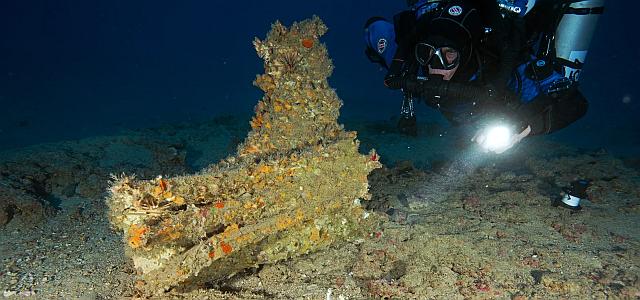 An intriguing account by the BBC of archeological serendipity that began with a trip to the dentist.
An intriguing account by the BBC of archeological serendipity that began with a trip to the dentist.
The Battle of the Aegates was a naval battle fought on 10 March 241 BC between the fleets of Carthage and Rome during the First Punic War. The Roman fleet’s victory ended the 23-year-long war and established Rome’s dominance over the Mediterranean, which would last for almost 700 years.
While the battle took place near the Aegates Islands, off the western coast of the island of Sicily, archaeologists had never located exactly where the battle took place. According to legend, the battle took place near Cala Rossa, a cove on the island of Favignana – the largest of the Aegadian Islands. Cala Rossa is so-called because of the intense color of the rocks, which were said to have been dyed by the blood of the Carthaginians who died in the battle. In reality, it is simply red algae that have colored the rocks. Researchers searching nearby found no trace of the battle.
In the early 2000s, the late archaeologist Sebastiano Tusa was visiting the home of a dental surgeon in the town of Trapani when he noticed a ram bow, the bronze beak of a Roman ship, known as a rostrum, on display. Continue reading

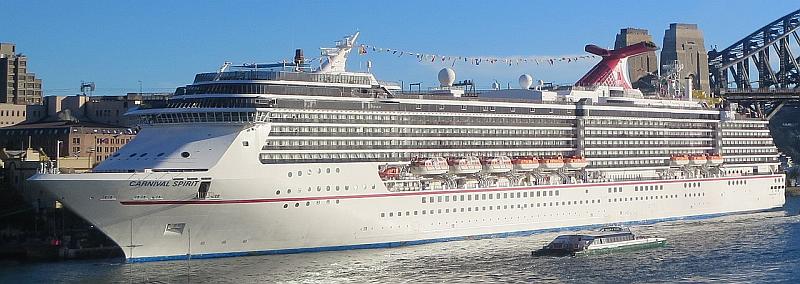 Is the cruise industry ready to get back to business in the “new normal” of the late pandemic or will cruise ships remain the floating Petri dishes that typified some ships in the early part of the COVID-19 outbreak? Unfortunately, a recent 16-day voyage from Miami to Seattle via the Panama Canal on the 3,000-passenger
Is the cruise industry ready to get back to business in the “new normal” of the late pandemic or will cruise ships remain the floating Petri dishes that typified some ships in the early part of the COVID-19 outbreak? Unfortunately, a recent 16-day voyage from Miami to Seattle via the Panama Canal on the 3,000-passenger 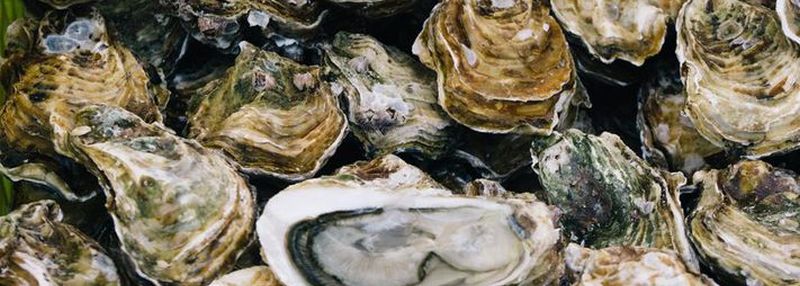 The cumulative impact of hurricanes, floods, drought, and oil spills has had a devastating impact on Texas oyster beds. Across the Gulf Coast region, an estimated 50-85% of the original oyster reefs have disappeared, according to a report by the
The cumulative impact of hurricanes, floods, drought, and oil spills has had a devastating impact on Texas oyster beds. Across the Gulf Coast region, an estimated 50-85% of the original oyster reefs have disappeared, according to a report by the 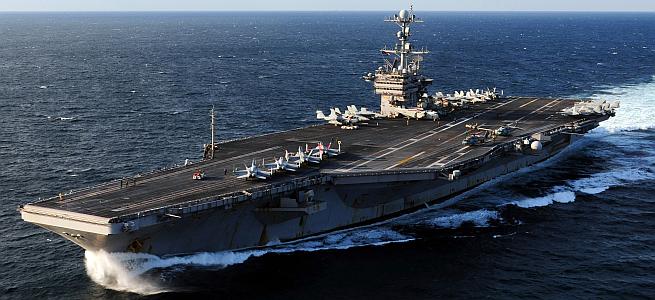
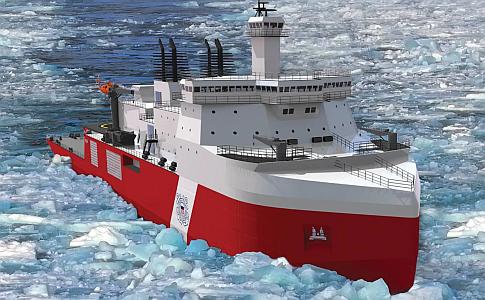 In 2019, we
In 2019, we 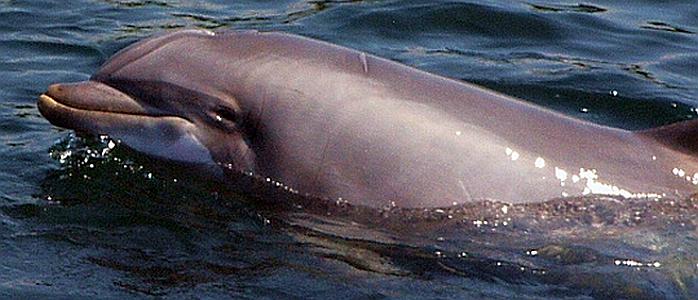 Satellite photographs show Russia has deployed trained dolphins at the entrance to the key Black Sea port of Sevastopol, home to Russia’s Black Sea naval fleet. The dolphins are likely to be trained to intercept Ukrainian divers attempting to sabotage Russian ships.
Satellite photographs show Russia has deployed trained dolphins at the entrance to the key Black Sea port of Sevastopol, home to Russia’s Black Sea naval fleet. The dolphins are likely to be trained to intercept Ukrainian divers attempting to sabotage Russian ships.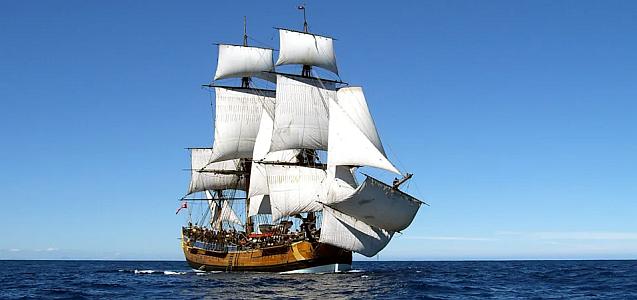
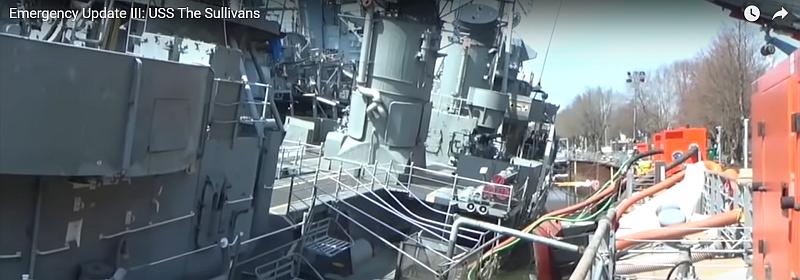 A week ago last Thursday, the museum ship, the USS
A week ago last Thursday, the museum ship, the USS 
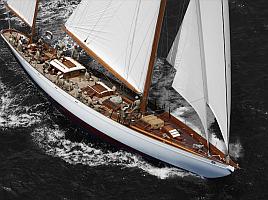
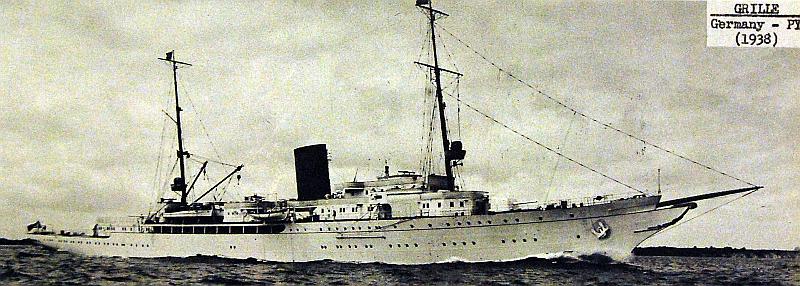 With the advent of Putin’s brutal invasion of Ukraine, we have posted about
With the advent of Putin’s brutal invasion of Ukraine, we have posted about 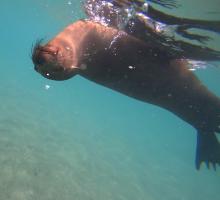 My wife and I took an incredible trip to the Galapagos in 2017. An updated repost. We spent a week on
My wife and I took an incredible trip to the Galapagos in 2017. An updated repost. We spent a week on 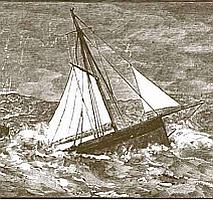 Here is another old favorite, a companion repost to yesterday’s repost of
Here is another old favorite, a companion repost to yesterday’s repost of  I am traveling this week, so it seems like a good time to repost an old blog favorite, the remarkable story of the unsinkable Hugh Williams.
I am traveling this week, so it seems like a good time to repost an old blog favorite, the remarkable story of the unsinkable Hugh Williams.